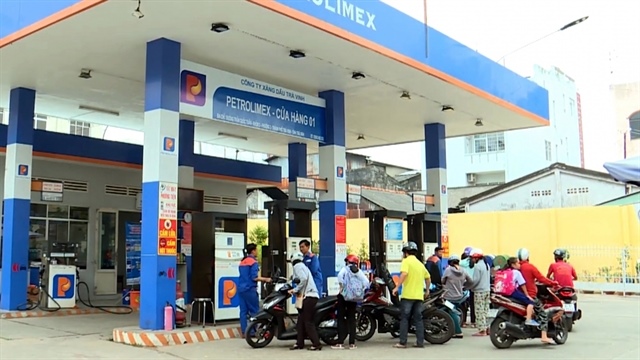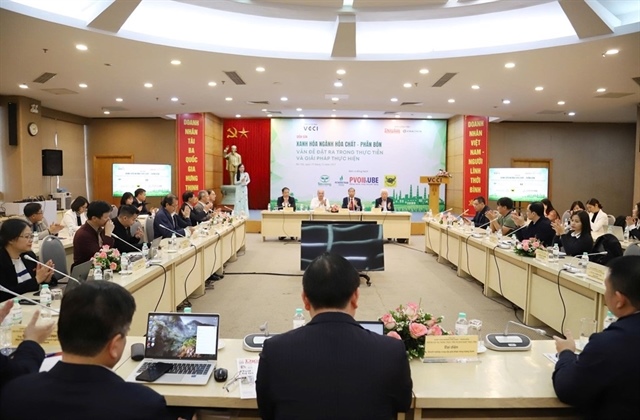GSO scrutinises VN industrial output
GSO scrutinises VN industrial output
Vietnam’s industrial production for the year to date is being scrutinised by a GSO senior expert.

Local industrial production in the year ending August reported some of the following noteworthy points:
First, industrial production growth in August 2012 was lower than average growth pace in the first seven months (4.7 per cent against 4.8 per cent). This means industrial growth was slowing down and had yet to bottom out.
Second, in the past several decades industry grew more robustly than that of the economy generally and claimed the largest proportion in the gross domestic product (GDP), becoming a chief growth engine for the economy. Now, industrial growth was slowing down on the back of rising costs leading to declining growth in the sector’s added value. This, in turn, has slowed GDP growth.
Third, mining industries’ index of industrial production (IIP) grew faster than the sector average, highlighted by an increase of crude oil extraction by 13.6 per cent. This helped make up a shortfall in other exploitation fields such as coal which shed 1.8 per cent and natural gas down 2.5 per cent.
Fourth, the IIP of processing industry fared the worst among industrial sectors whereas it held the largest share among diverse industries.
Processing industry’s percentage in the GDP is one of the key criteria to determine whether an agricultural country is turning into an industrial one. The limit for an industrial nation is put by experts at around 37 per cent whereas this rate is approximately 22 per cent in Vietnam.
Fifth, the current processing industry mainly performs export processing with low added values and heavily reliant on imported materials and price factor in the world market.
Labour efficiency in the processing industry was just VND70.1 million/person tantamount to $3,500 in 2011 which was the lowest worldwide. This is a stumbling block in developing supporting industries and the government’s commitment to hiking localisation. This is also one of main causes leading to long-lasting trade deficit in Vietnam.
Rooted on eight-month industrial production and factors which may influence industrial production in the coming period full-year IIP is expected to hike at most 5.5 per cent this year against last year’s 6.8 per cent, leading to the sector’s declining contribution to the GDP (below 6 per cent estimated against 2011’s 7.4 per cent). Growth of the processing industry will even fall below 5 per cent against 8.3 per cent in 2011.
The industrial sector’s slow recovery stemmed from several factors, including its low owner capital amount and high borrowing costs (loans account for 70-80 per cent in scores of firms). Meanwhile, since the stock market is continually in a fix it is hard to raise capital using this channel whereas banks’ lending rates stay high, often higher than firms’ profitability rate.
Sinking consumption in domestic and global markets led to escalating inventory at firms. For instance, processing industry’s inventory hiked over 20 per cent in August of which some areas eyed excessively high growth in inventory such as fertiliser, seafood processing, textile clothing and telecom equipment production etc.
To spur industrial growth major causes slowing down production need to be ironed out parallel to executing long-term and radical measures such as restructuring industrial production, promoting supporting industries, boosting investment efficiency and labour productivity to enhance competitive edge.
In the near term, the barriers blocking the capital channel to support production should be removed; banks’ bad debts soon tackled; old debt interest rates further scaled down and new loans provided. Plans call for financial solutions under Resolution 13/NQ-CP dated May 10, 2012, particularly those relevant to value added tax, to be taken consistently to help firms get out of difficulties.
vir






















